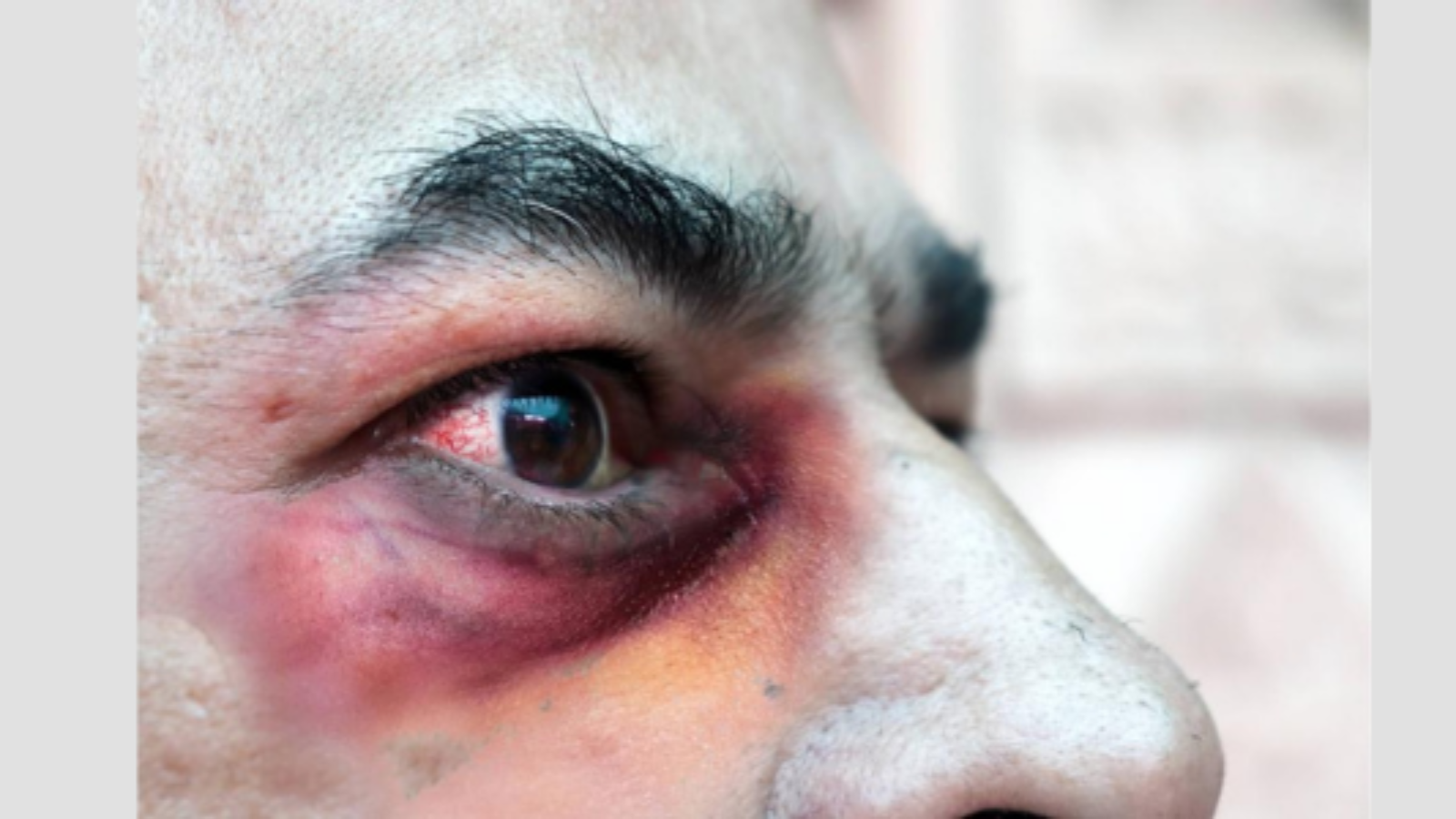Black Fungus: Rhino-orbital-cerebral mucormycosis
Mucormycosis is a rare type of fungal infection that occurs through exposure to fungi called mucormycetes. These fungi commonly occur in the environment, particularly in leaves, soil, compost, and animal dung.
Mucormycetes can enter the body through breathing, inhaling, and exposed wounds in the skin. Mucormycosis, or black fungus, is a rare but serious infection that requires medication or removal surgery.
SARS-CoV-2 infection and COVID-19 treatment make the immune system vulnerable to other infections, including black fungus.
With the rise in black fungus cases, India faces a shortage of treatments in the face of two epidemics. The World Health Organization (WHO) recently announced that the B.1.617 variant of the SARS-CoV-2 virus in India is a “variant of global concern.”
Some scientists believe that severe COVID-19 could potentially weaken the body’s immune response. This could lead to increased vulnerability to other infections, especially for people who are immunocompromised, faces D-19-associated mucormycosis, commonly referred to as black fungus, is the association of mucormycosis with COVID-19.
It has been reported around the nose, eyes and brain – a clinical manifestation sometimes referred to as ‘rhino-orbital-cerebral mucormycosis’.
There are different types of mucormycosis, including rhinocerebral (sinus and brain), pulmonary (lung), gastrointestinal, and cutaneous (skin) mucormycosis. Respiratory-related symptoms include:
- cough
- fever
- headache
- chest pain
- nasal or sinus congestion and pain
- shortness of breath
Skin-related symptoms, which can occur in and spread to any part of the body, include:
- blackened skin tissue
- redness, swelling, tenderness
- blisters
- ulcers
Mucormycosis is not contagious, and most people who come in contact with the fungi do not develop an infection. However, people with severely weakened immune systems are at increased risk of mucormycosis. This includes people with:
- diabetes
- cancer
- HIV
- skin injury
- surgery
Doctors can treat the infection by administering antifungal medication or performing surgery to remove the affected area. If left untreated, mucormycosis can be fatal, with a mortality rate of 54%, according to the Centers for Disease Control and Prevention (CDC).
By -ASSISTANT PROFESSOR Ms. Kumud Misra
DEPARTMENT :B.Ed
UCBMSH Magazine – (YouthRainBow)
UCBMSH WEBSITE – Uttaranchal (P.G.) College Of Bio-Medical Sciences & Hospital
UCBMSH B.ED WEBSITE – Uttaranchal College of Education
UCBMSH NURSING WEBSITE – College Of Nursing UCBMSH
REGISTRATION – Apply Online
For any queries & Admission Call at:8192007206, 8192007210, Or mail us at: admission@ucbmsh.org

Add a Comment